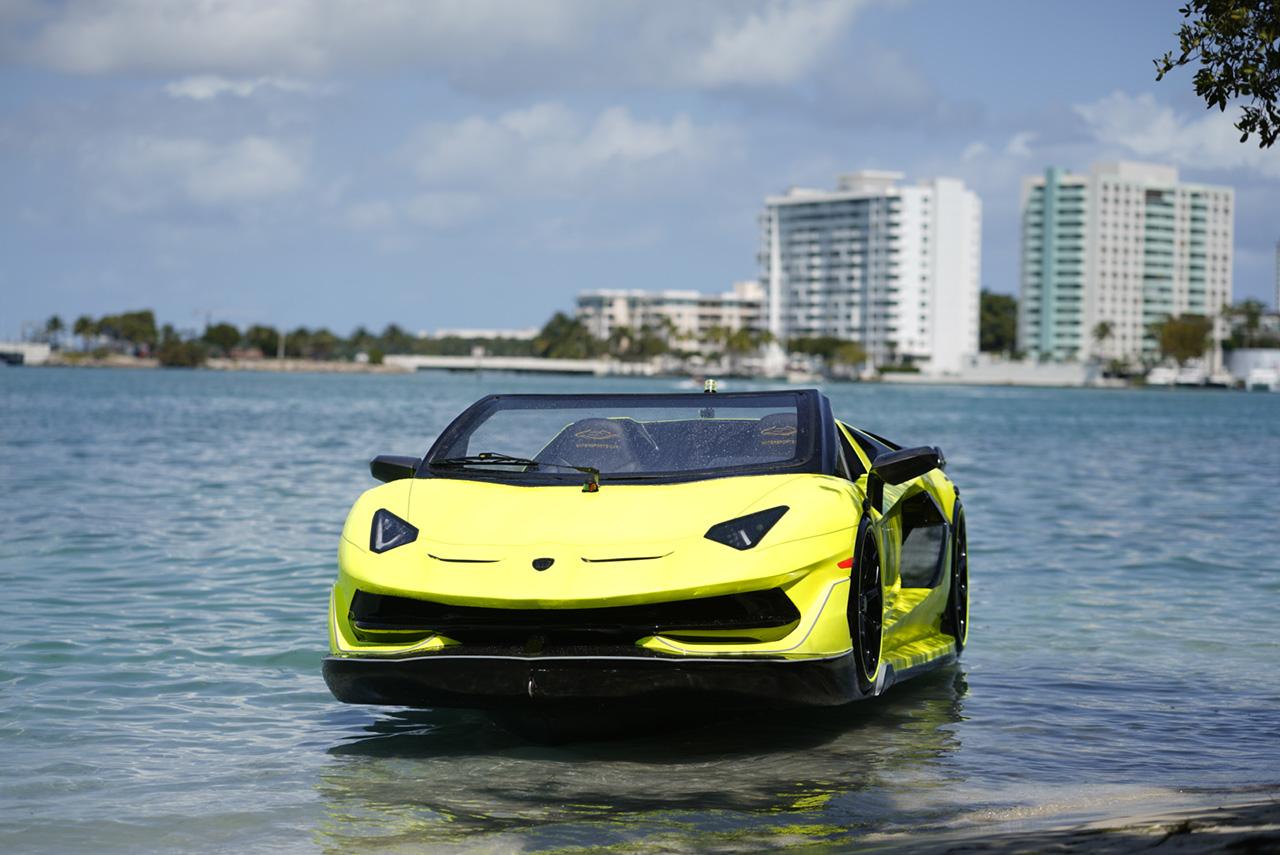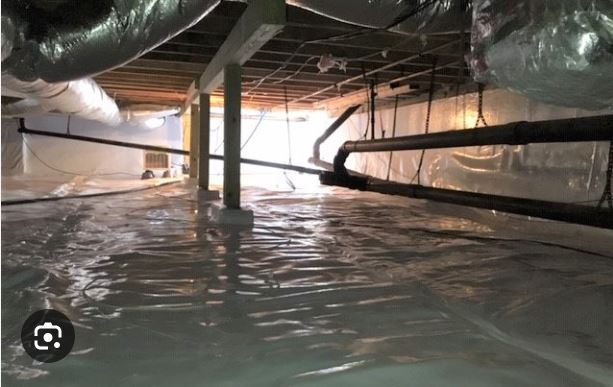
Automotive enthusiasts and everyday vehicle owners alike understand the pride and investment that comes with purchasing a car. It’s more than mere transportation—it’s a symbol of status, accomplishment, and personal style. Hence, the wear and tear that can mar your car’s sleek exterior is not just an aesthetic concern; it’s a genuine threat to your investment. Navigating the nuances of paint protection isn’t just about maintaining a showroom finish but also about preserving the vehicle’s value over time.
The Evolution of Vehicle Aesthetics
Over the years, vehicle aesthetics have evolved from basic colors and metal finishes to complex and vibrant paint jobs that turn heads. Automotive manufacturers now offer a wide range of spectacularly vibrant and custom hues, as well as incredibly intricate designs that once seemed impossible outside the world of high-priced exotics.
Despite these advancements, every paint job, no matter how sophisticated, is still susceptible to the same problems. Stone chips, road debris, harsh weather, and even car washes can cause a myriad of issues that slowly degrade the paint surface, leading to a dull finish and eventual corrosion.
Introducing Paint Protection Film (PPF)
To counter the elements and keep your car’s paint looking as fresh as the day it was applied, the industry has introduced ppf. PPF is a clear, self-healing, polyurethane film that’s applied directly to the painted surface of your car. It acts as a barrier between the vulnerable paint and various types of damage.
PPF is not a new technology, but its applications and effectiveness have seen vast improvements. Modern PPF has better clarity, longer lifespan, and an impressive capacity to resist staining and discoloration, making it an attractive option for preserving the value and appearance of your vehicle.
The Functional Benefits of PPF
The utility of PPF far exceeds its benefit to the overall aesthetics of the car. Traditionally, paint chips or scratches that expose the metal underneath can provide a perfect entry point for rust. Once corrosion sets in, it can spread like wildfire, leaving the entire body panel vulnerable.
By applying PPF, owners are effectively providing sacrificial protection to their vehicles. The film can absorb a significant amount of damage before it reaches the paint, greatly reducing the likelihood of corrosion while maintaining the car’s original appearance.
In addition to acting as a sacrificial layer, PPF’s resistant properties against things like bug splatter, bird droppings, tree sap, and road salts make it an invaluable asset in high-wear scenarios. The self-healing properties of top-tier films further ensure that minor abrasions brought on by washing, waxing, or a day of spirited driving are repaired with nothing more than a burst of warm air.
Economic Intangibles: Resale Values and Warranties
The investment in PPF can pay dividends, quite literally, when it comes time to sell or trade-in your vehicle. A car with a pristine finish will naturally command a higher price, and PPF can provide buyers with the assurance that the vehicle they’re purchasing has been meticulously maintained.
Many modern PPF products come with warranties that can last for several years, if not a lifetime. These warranties often cover not only the material but also the labor required to replace sections of the film. This aligns with the industry’s confidence in the product’s ability to perform over extended periods, while also offering some much-appreciated peace of mind to vehicle owners.
Environmental and Ethical Considerations
Paint protection films are not only good for your car’s value, but they also align with environmental best practices. By protecting your vehicle’s paint job, you’re essentially extending the life of the vehicle and reducing the need for paint touch-ups or full-on repaints. This conservation of materials and energy makes PPF a choice with long-reaching environmental impacts.
Furthermore, as PPF protects your car’s paint, it also protects its long-term resale value. Cars that are well-maintained often have a longer lifespan, which means they’re on the road and being useful for a longer time, resulting in fewer new vehicles being produced, which can be argued as more sustainable.
How to Choose the Right PPF for Your Car
Selecting the correct film for your vehicle is crucial. With a variety of options on the market, ranging from thin, clear wraps to thicker, more robust films, the choice will depend on your car’s intended use, the local environment, and your personal preference.
Ensure that you select a film with high UV resistance, as prolonged exposure to the sun can make low-quality films turn yellow over time. Similarly, opt for clarity—high-quality films should be nearly invisible on your car, saving you from the clear-bra look that many associated with older PPF technology.
Finally, budget for professional installation. PPF can be challenging to install correctly, and improper installation can lead to unsightly bubbles or peeling at the edges. A professional installer will ensure the film is applied smoothly and precisely, maximizing both its protective and aesthetic qualities.
DIY Versus Professional Installation
While some may be tempted to save a few dollars by installing PPF themselves, the risks often outweigh the rewards. Professional installers possess the tools, training, and experience to apply the film without issue. They can also offer a warranty on the work, giving you recourse if problems develop down the line.
If you do decide to go the DIY route, ensure you thoroughly research the process and select a quality film that is more forgiving during the installation process. Prepare to be meticulous, taking your time to ensure the film is applied evenly and without air bubbles or contaminants trapped beneath.
Beyond PPF: Regular Maintenance and Protection
PPF is an excellent line of defense, but it’s not a cure-all. Regular washing and waxing, along with touchless car washes and gentle detailing, can help keep your vehicle’s finish in prime condition. Avoiding abrasive cleaning materials and being mindful of where you park can also prolong the life of the film and the underlying paint.
Ultimately, protecting your investment in a vehicle is a multi-faceted task that requires a balance of proactive measures, including both PPF and regular maintenance. By practicing these habits, you can be sure that your car’s value and appearance will be preserved for years to come.
In Conclusion
The importance of paint protection film services cannot be overstated. Investing in PPF goes beyond vanity—it’s a practical method of preserving your vehicle’s allure and value. With advancements in film technology, the benefits are clearer than ever, making it a nearly indispensable tool for any vehicle owner looking to preserve their pride and joy. Whether it’s for a new vehicle or one you’ve owned for years, the time and financial investments made in PPF can prove to be some of the most sensible and far-reaching decisions you’ll make as a car owner.
Write and Win: Participate in Creative writing Contest & International Essay Contest and win fabulous prizes.


